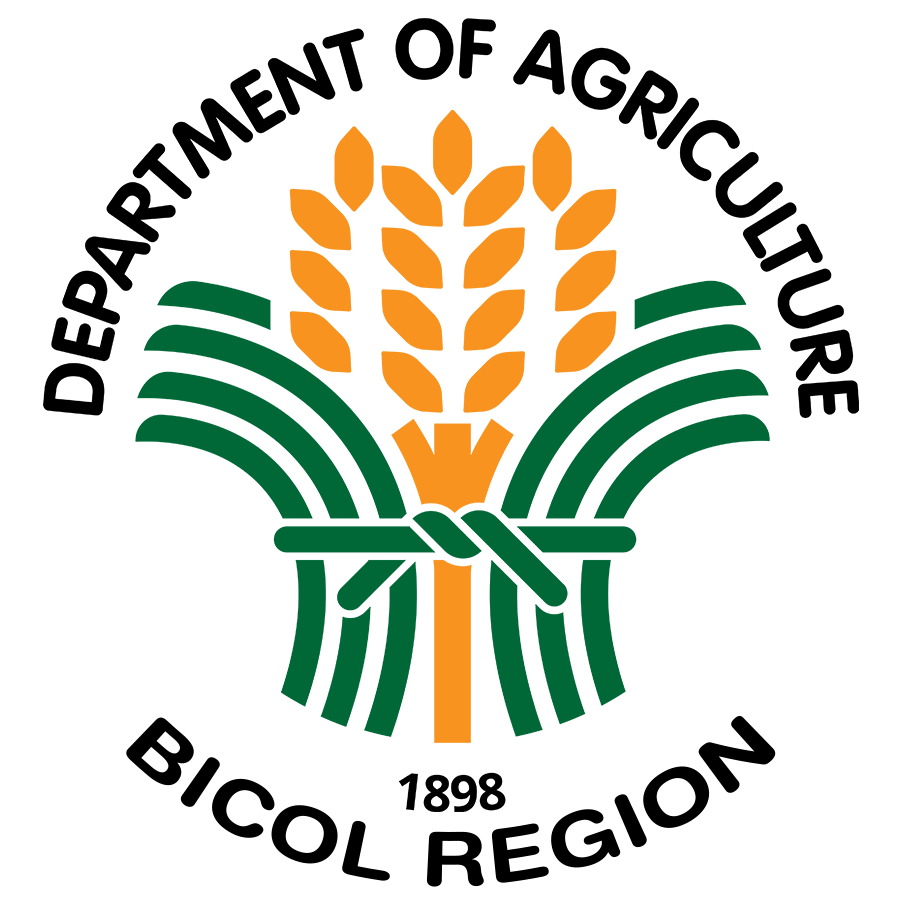DAET, Camarines Norte—More than 50 farmers and representatives from the Departments of Trade and Industry (DTI) and Agriculture (DA) attended the Market Forum for Cassava held recently at an apartelle here.
The one-day activity aims to update the farmers and stakeholders on the current market status of Cassava; and increase the income of the farmers through access to ready markets.
According to Corn and Cassava Program staff Engineer Michelle Maligang, cassava can be a rice substitute because of its affordability and for its nutrients. About 15 million Filipinos are eating cassava during breakfast and snack instead of rice.
Maligang also said that Nestle has a high demand for cassava starch since they use it in their Milo products.
Joselito Villamar of Basud narrated that at first, they have doubts in planting cassava. In 2010, farmers in Camarines Norte did not venture on cassava production because there is no ready market then. They preferred Tiger Grass production. But with the strong support of the Department of Agriculture, farmers in their municipality decided to venture again in cassava production.
In the case of Mambulao Cassava Growers Association, they cannot meet the 60-ton cassava demand of San Miguel Food, Inc (SMFI) because swine raisers in their area would already purchase their produce even if it is only one ton.
According to Corn and Cassava Program Regional Coordinator Lorenzo Alvina, there is a ready market for cassava like Don Benitos, Nestle and SMFI. However, Bicol Region cannot supply the needed demand of SMFI.
Alvina urged the farmers to organize themselves and look for an assembler who is willing to invest. Farmers should also focus on the quality of cassava and the preferred variety of the client.
SMFI Agri-Tech Jerick C. Marcaida narrated the success story of cassava farmers in Aroroy, Masbate. Before, the farmers were passive in engaging in cassava production. Only a few were convinced to plant cassava. In order to encourage more farmers to plant cassava, the LGU gave free land preparation to 38 farmer-associations; and the Department of Social Welfare and Development (DSWD) distributed free planting materials and paid each farmer with a daily wage every time they plant 180 pieces of cassava.
Such support ignited the interest of other farmers in Aroroy.
Camarines Norte Provincial Agriculturist Engr. Amirante Abad disclosed that the province has 10,000 hectares of potential cassava production areas. He also shared some interesting facts about cassava—If you plant cassava in the area, you cannot plant pineapple; and if the leaves of cassava fall and dry on the ground, cogon grass will not grow anymore. (jaysonmgonzales)


